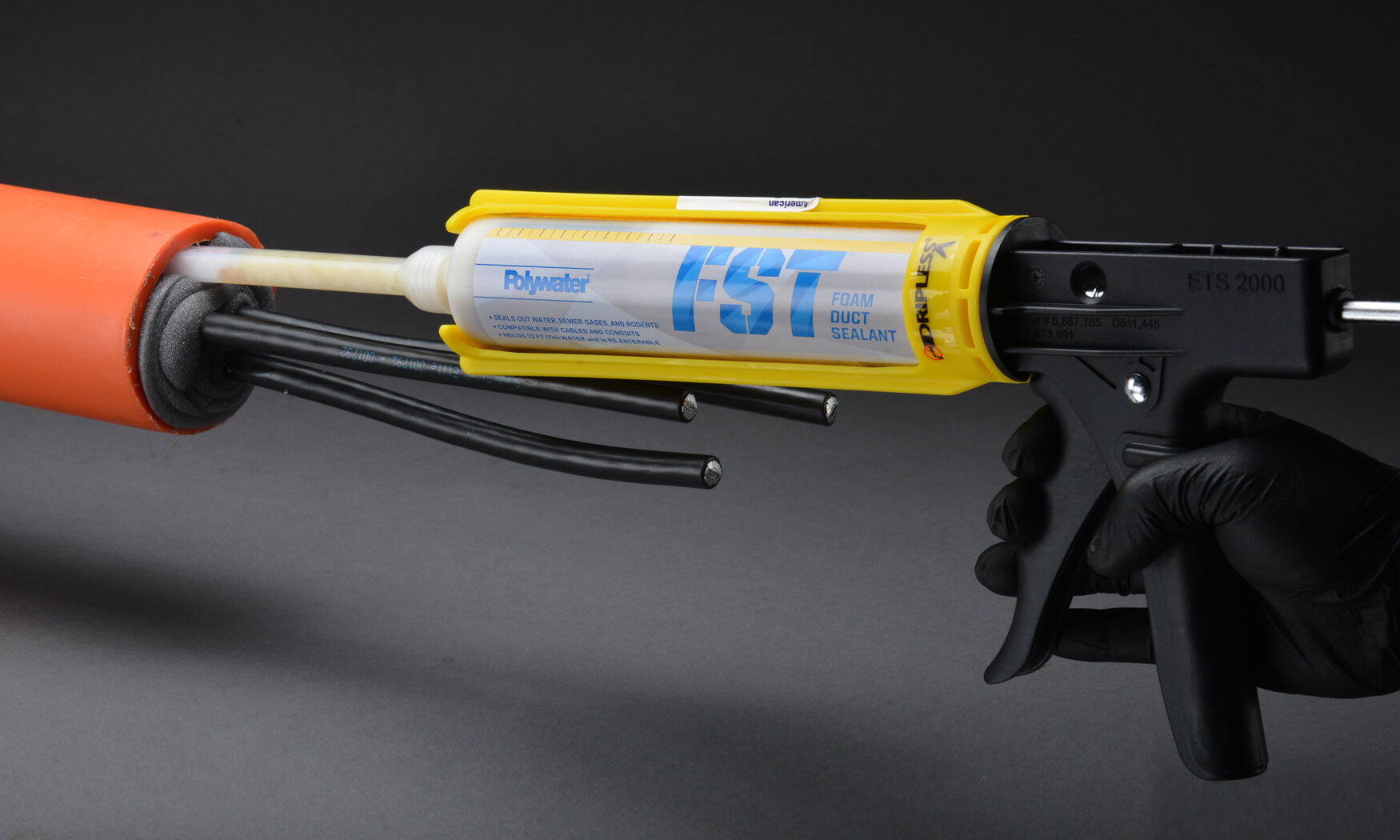

Articles
How To Seal Electrical Conduit From Water
Modified: October 20, 2024
Learn how to seal electrical conduit from water with these informative articles. Protect your electrical system and avoid costly damages.
(Many of the links in this article redirect to a specific reviewed product. Your purchase of these products through affiliate links helps to generate commission for Storables.com, at no extra cost. Learn more)
Introduction
Welcome to our comprehensive guide on how to seal electrical conduit from water. If you’re a homeowner or an electrician, it’s crucial to understand the importance of properly sealing electrical conduit to prevent water infiltration. Water damage can pose significant risks to electrical systems, including short circuits, corrosion, and even electrical fires.
Electrical conduit is a protective tube or pipe that houses electrical wiring, cables, or other electrical components. It serves as a safeguard, shielding the electrical system from physical damage and providing a pathway for the wires to travel through. However, if the conduit is not adequately sealed, water can seep in and compromise the integrity of the electrical system.
Water infiltration into electrical conduit can occur through various means, such as rainwater, groundwater, or even condensation. Once inside the conduit, water can accumulate, leading to potential damage and malfunctioning of the electrical system.
In this guide, we will delve into the importance of sealing electrical conduit from water and provide you with a step-by-step process on how to effectively seal it. We’ll also cover the different types of sealants available and highlight some common mistakes to avoid during the sealing process.
It’s essential to understand that the methods and materials used for sealing electrical conduit may vary depending on the specific installation and environmental factors. However, the general principles and procedures outlined in this guide should apply to most situations.
So, whether you’re a DIY enthusiast or a professional electrician, let’s dive into the world of electrical conduit and learn the best practices for sealing it from water!
Key Takeaways:
- Properly sealing electrical conduit from water is crucial to prevent electrical malfunctions, fires, and corrosion. Choosing the right sealant and following a thorough sealing process can safeguard your electrical system and extend its lifespan.
- Avoid common mistakes such as inadequate surface preparation, using the wrong sealant, and neglecting routine inspections. By following best practices and seeking professional assistance for complex tasks, you can ensure the long-term effectiveness of your sealed electrical conduit.
Read more: How To Cut A Tight Conduit Seal
Understanding Electrical Conduit
Before we delve into the process of sealing electrical conduit from water, let’s first gain a solid understanding of what electrical conduit is and its significance in electrical installations.
Electrical conduit is a protective piping system designed to encase and safeguard electrical wiring, cables, and other electrical components. It provides a secure and organized pathway for electrical conductors, protecting them from physical damage, moisture, and external interference. Conduit also allows for easier maintenance and future upgrades, as it allows for the easy replacement or addition of wires.
There are various types of electrical conduit available, including:
- Rigid Metal Conduit (RMC): Made of steel, RMC is the most durable and rigid type of conduit. It is commonly used in commercial and industrial settings where additional strength and protection are required.
- Electrical Metallic Tubing (EMT): EMT is a lightweight and cost-effective conduit option. It is made of thin, galvanized steel, making it easy to work with and suitable for residential applications.
- Rigid Non-Metallic Conduit (PVC): PVC conduit is made of non-metallic, flame-retardant plastic. It is resistant to corrosion, moisture, and chemicals, making it ideal for outdoor and underground installations.
- Flexible Metal Conduit (FMC): FMC is a flexible conduit option that provides easy installation around corners and bends. It is commonly used in areas where flexibility is required, such as for machinery or equipment.
It’s important to choose the appropriate type of electrical conduit based on the specific application and environmental factors. Each type has its advantages and limitations, so careful consideration should be given to factors such as durability, flexibility, resistance to moisture, and compatibility with the wiring system.
In addition to the conduit itself, various fittings and connectors are used to join and secure conduit sections and provide access points for wiring. These fittings ensure a tight and secure connection between conduit pieces, maintaining the integrity of the electrical system.
Now that we have a basic understanding of electrical conduit, let’s discuss why it is crucial to effectively seal conduit from water.
Importance of Sealing Electrical Conduit from Water
Ensuring the proper sealing of electrical conduit from water is critical for the safety and functionality of electrical systems. Let’s explore why sealing conduit from water is of utmost importance:
1. Prevents electrical system malfunctions: Water infiltration in electrical conduit can lead to a host of electrical issues, including short circuits, electrical arcing, and even complete system failure. When water comes into contact with exposed wires, it can cause them to corrode and degrade, compromising their conductivity and reliability.
2. Reduces the risk of electrical fires: When water enters electrical conduit and reaches energized wires, it increases the risk of electrical fires. Water can create a conductive path that allows an electrical current to flow where it shouldn’t, potentially causing sparks and igniting combustible materials.
3. Protects against corrosion: Moisture and water can lead to corrosion of metal components within the electrical conduit. Over time, this corrosion can weaken the conduit, leading to structural integrity issues and making it susceptible to physical damage and further water infiltration.
4. Preserves insulation integrity: Exposure to water can compromise the insulation on electrical wires, resulting in reduced insulation effectiveness and increased risk of electrical shocks. Properly sealing conduit prevents water from reaching the wires and helps maintain the integrity of the insulation.
5. Extends the lifespan of electrical components: Water damage can significantly shorten the lifespan of electrical components, such as switches, outlets, and junction boxes. Sealing electrical conduit helps protect these components from exposure to moisture, ensuring their longevity and reliable performance.
6. Ensures compliance with electrical codes and regulations: Electrical codes often require the proper sealing of electrical conduit to ensure safety and adherence to regulations. Failing to meet these requirements can result in costly fines and pose liability risks.
By ensuring the effective sealing of electrical conduit from water, you can protect your electrical system, minimize the risk of electrical hazards, and extend the lifespan of your electrical components.
Now that we understand the importance of sealing electrical conduit, let’s explore the different types of sealants that can be used for this purpose.
Types of Electrical Conduit Sealants
Choosing the right sealant is crucial to ensure effective protection of electrical conduit from water infiltration. Let’s explore some common types of sealants that are commonly used for sealing electrical conduit:
1. Silicone Sealants: Silicone-based sealants are popular due to their excellent waterproofing properties and flexibility. They can adhere well to a variety of surfaces and materials, including metal and plastic conduit. Silicone sealants also provide resistance against UV rays, temperature fluctuations, and chemicals, making them suitable for both indoor and outdoor applications.
2. Polyurethane Sealants: Polyurethane sealants are known for their durability and versatility. They form a strong and flexible seal that is resistant to water, moisture, and extreme weather conditions. Polyurethane sealants can be used on various types of conduit, including PVC and metal.
3. Butyl Rubber Sealants: Butyl rubber sealants are commonly used for sealing conduit connections and junction boxes. They have excellent adhesive properties, ensuring a watertight seal. Butyl rubber sealants are known for their long-lasting performance and resistance to weathering, UV rays, and chemicals.
4. Epoxy Sealants: Epoxy sealants are two-component compounds that provide superior adhesion and sealing properties. They are particularly suitable for sealing larger gaps and cracks in conduit connections. Epoxy sealants offer excellent resistance to water, moisture, heat, and chemical exposure.
5. Acrylic Sealants: Acrylic sealants are easy to use and quick-drying. They can be applied to both indoor and outdoor conduit installations. While acrylic sealants may not have the same level of waterproofing as silicone or polyurethane sealants, they are still effective for sealing smaller gaps and joints.
6. Tape Sealants: In addition to liquid sealants, tape sealants can also be used for sealing electrical conduit. Vinyl or rubber-based electrical tapes are commonly used to wrap around conduit connections and provide moisture resistance. They offer insulation and protection against water, moisture, and corrosion.
When selecting a sealant, consider factors such as the type of conduit material, environmental conditions, and ease of application. It’s essential to follow the manufacturer’s instructions and ensure compatibility with the conduit material and intended usage.
Now that we’ve covered the different types of sealants, let’s move on to the step-by-step guide on how to effectively seal electrical conduit from water.
Use a waterproof sealant or silicone caulk to seal the openings and joints of electrical conduit. Make sure the conduit is clean and dry before applying the sealant for best results.
Step-by-Step Guide to Sealing Electrical Conduit from Water
Properly sealing electrical conduit from water is an essential step in safeguarding your electrical system. Follow this step-by-step guide to effectively seal electrical conduit:
1. Inspect the conduit: Begin by thoroughly inspecting the conduit for any existing damage, such as cracks, gaps, or loose fittings. It’s crucial to address these issues before proceeding with the sealing process.
2. Clean the conduit: Ensure the conduit surface is clean and free from debris, dust, and grease. Use a suitable cleaning solution and a cloth to wipe down the conduit and create an optimal surface for the sealant to adhere to.
3. Choose the appropriate sealant: Select a sealant that is compatible with the conduit material and suitable for your specific environment. Consider the type of sealant mentioned earlier and choose one that provides the required level of waterproofing and durability.
4. Apply the sealant: Using a caulking gun or a suitable applicator, carefully apply the sealant along the joints, connections, and any areas prone to water infiltration. Ensure a thorough and even coverage, paying attention to any cracks or gaps that may allow water to penetrate.
5. Smooth and shape the sealant: Use a caulking tool or your finger dipped in soapy water to smooth and shape the sealant into a neat and watertight seal. This helps improve the adhesion and ensures a professional finish.
6. Check for complete coverage: After applying the sealant, inspect the conduit to ensure that all areas prone to water infiltration are adequately covered. Check for any missed spots or areas that may require additional sealant
7. Allow the sealant to cure: Give the sealant sufficient time to cure and form a strong bond. Follow the manufacturer’s instructions for the recommended curing time. This ensures that the sealant fully sets and provides effective protection against water infiltration
8. Test for effectiveness: Once the sealant has cured, conduct a thorough water test. Using a hose or water spray, direct water onto the sealed areas and check for any signs of leaks or water penetration. Fix any issues immediately if they are detected.
9. Regularly inspect and maintain: To ensure the long-term effectiveness of the sealant, regularly inspect the conduit for any signs of wear, damage, or deterioration. Perform routine maintenance checks and reapply the sealant as needed.
By following these steps, you can effectively seal electrical conduit from water and protect your electrical system from potential damage and hazards.
However, it’s important to note that electrical work should typically be done by a licensed electrician. If you are uncertain about any aspect of sealing electrical conduit or if the project involves complex electrical work, it’s best to consult a professional for assistance.
Now that you have successfully sealed your electrical conduit, let’s explore some common mistakes to avoid during the sealing process.
Read more: What Is Seal Tight Conduit
Common Mistakes to Avoid When Sealing Electrical Conduit
While sealing electrical conduit from water is a crucial step, it’s equally important to be aware of common mistakes that can compromise the effectiveness of the seal. Avoiding these mistakes will ensure the longevity and reliability of your seal:
1. Inadequate surface preparation: Failing to thoroughly clean and prepare the conduit surface before applying the sealant can result in poor adhesion and reduced effectiveness. Make sure to remove any dirt, debris, or grease from the surface for optimal bonding.
2. Using the wrong type of sealant: Different types of conduit materials and environmental conditions require specific sealants. Using the wrong type of sealant can lead to poor adhesion, insufficient waterproofing, and premature deterioration. Always choose a sealant that is compatible with the conduit material and suitable for the intended application.
3. Applying insufficient sealant: Inadequate coverage of the sealant can leave gaps or exposed areas, allowing water to penetrate. Always ensure thorough coverage, paying extra attention to joints, connections, and any areas prone to water infiltration.
4. Overlooking cracks and gaps: Before applying the sealant, thoroughly inspect the conduit for any existing cracks, gaps, or loose fittings. These should be addressed and repaired before sealing to prevent water infiltration.
5. Improper sealant application: The way you apply the sealant can significantly impact its effectiveness. Ensure that the sealant is evenly applied, and use a tool or your finger to create a smooth and watertight seal. Pay attention to corners, edges, and hard-to-reach areas.
6. Not allowing sufficient curing time: Rushing the curing process can compromise the effectiveness of the seal. Follow the manufacturer’s instructions for the recommended curing time and allow the sealant to fully set and bond with the conduit before subjecting it to water exposure.
7. Neglecting routine inspections and maintenance: Sealed electrical conduit should be regularly inspected for signs of wear, damage, or deterioration. Perform routine maintenance checks and address any issues promptly to ensure the long-term effectiveness of the seal.
8. Attempting complex electrical work without professional assistance: While simple sealing tasks can be done by homeowners, complex electrical work should be left to licensed electricians. If the project involves intricate wiring or unfamiliar electrical systems, seek professional assistance to avoid safety risks or code violations.
Avoiding these common mistakes will help ensure that your sealed electrical conduit provides effective protection against water infiltration, safeguarding your electrical system for years to come.
Now that we’ve covered the common mistakes to avoid, let’s wrap up our comprehensive guide on sealing electrical conduit from water.
Conclusion
Properly sealing electrical conduit from water is essential for the safety and functionality of your electrical system. By preventing water infiltration, you can avoid electrical malfunctions, reduce the risk of fires, and extend the lifespan of your electrical components.
In this comprehensive guide, we have covered the basics of electrical conduit, the importance of sealing it from water, and the different types of sealants available. We also provided a step-by-step guide to effectively seal electrical conduit and highlighted common mistakes to avoid during the process.
Remember to thoroughly inspect and clean the conduit, choose the appropriate sealant, and apply it evenly and thoroughly. Allow the sealant to cure properly and conduct water tests to ensure its effectiveness. Regularly inspect and maintain the sealed conduit to address any issues promptly and maintain its integrity.
It’s crucial to note that while sealing electrical conduit can be done by homeowners for simple tasks, complex electrical work should always be handled by licensed professionals to ensure safety and compliance with electrical codes.
By following the guidelines outlined in this guide, you can protect your electrical system from water damage and enjoy a safe and reliable electrical setup for years to come.
Thank you for reading, and we hope this guide has provided you with valuable insights and knowledge on how to seal electrical conduit from water.
Frequently Asked Questions about How To Seal Electrical Conduit From Water
Was this page helpful?
At Storables.com, we guarantee accurate and reliable information. Our content, validated by Expert Board Contributors, is crafted following stringent Editorial Policies. We're committed to providing you with well-researched, expert-backed insights for all your informational needs.

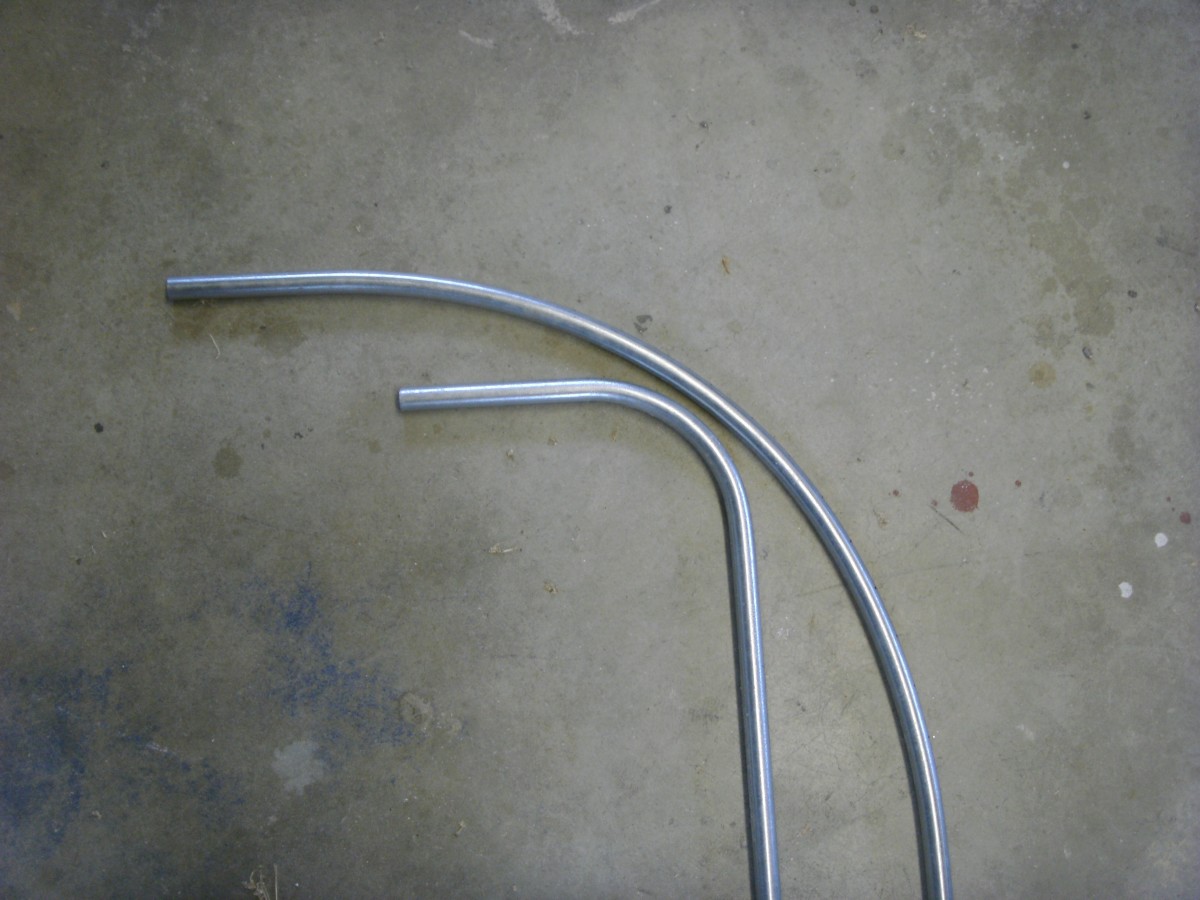
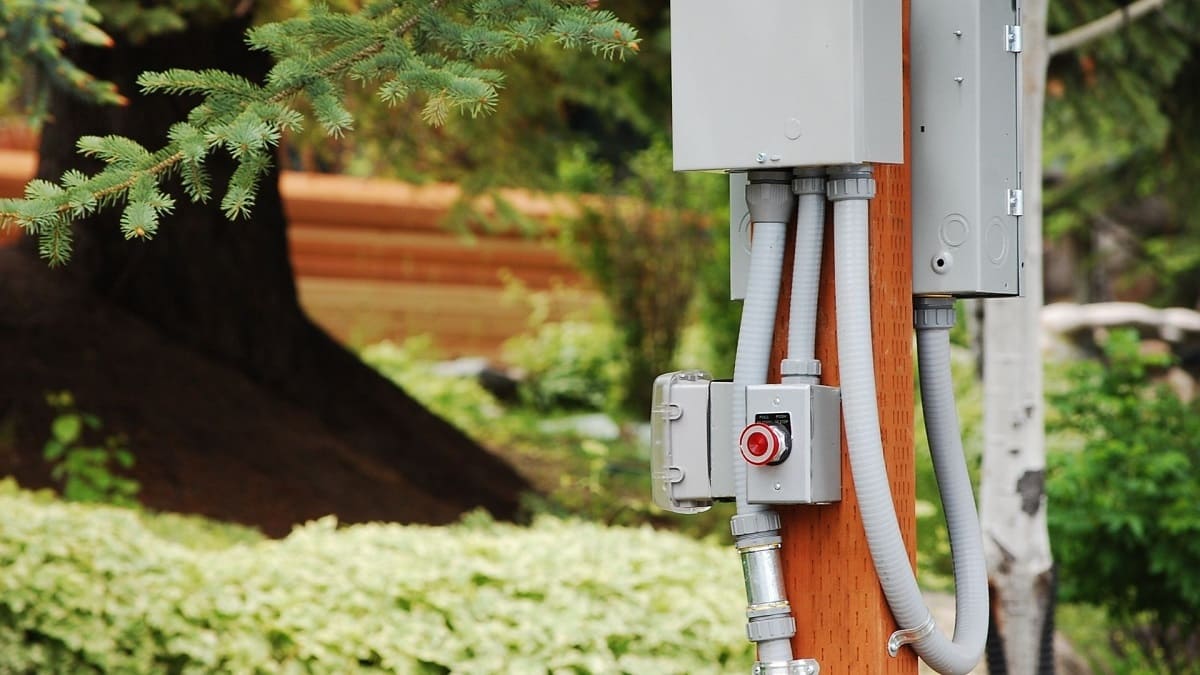
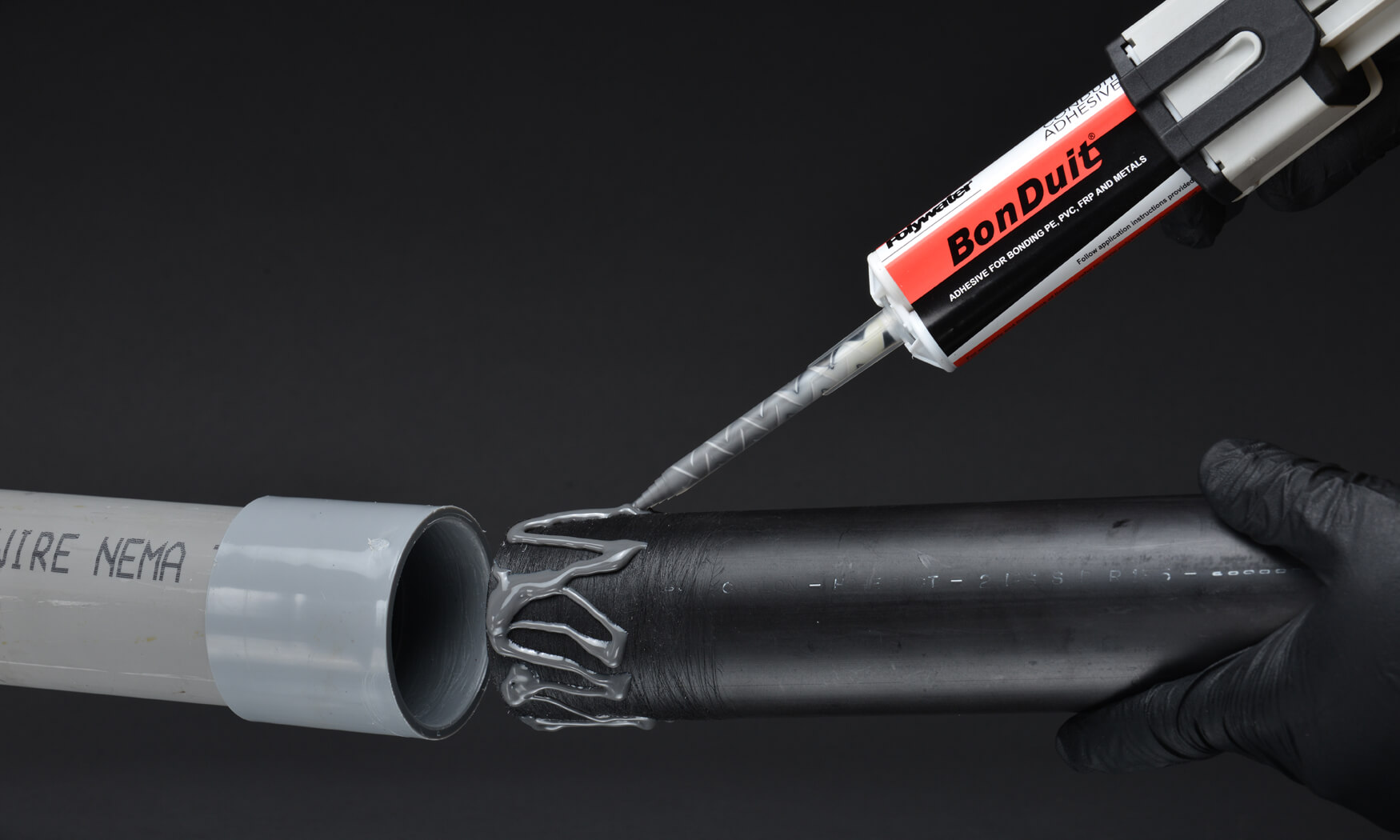
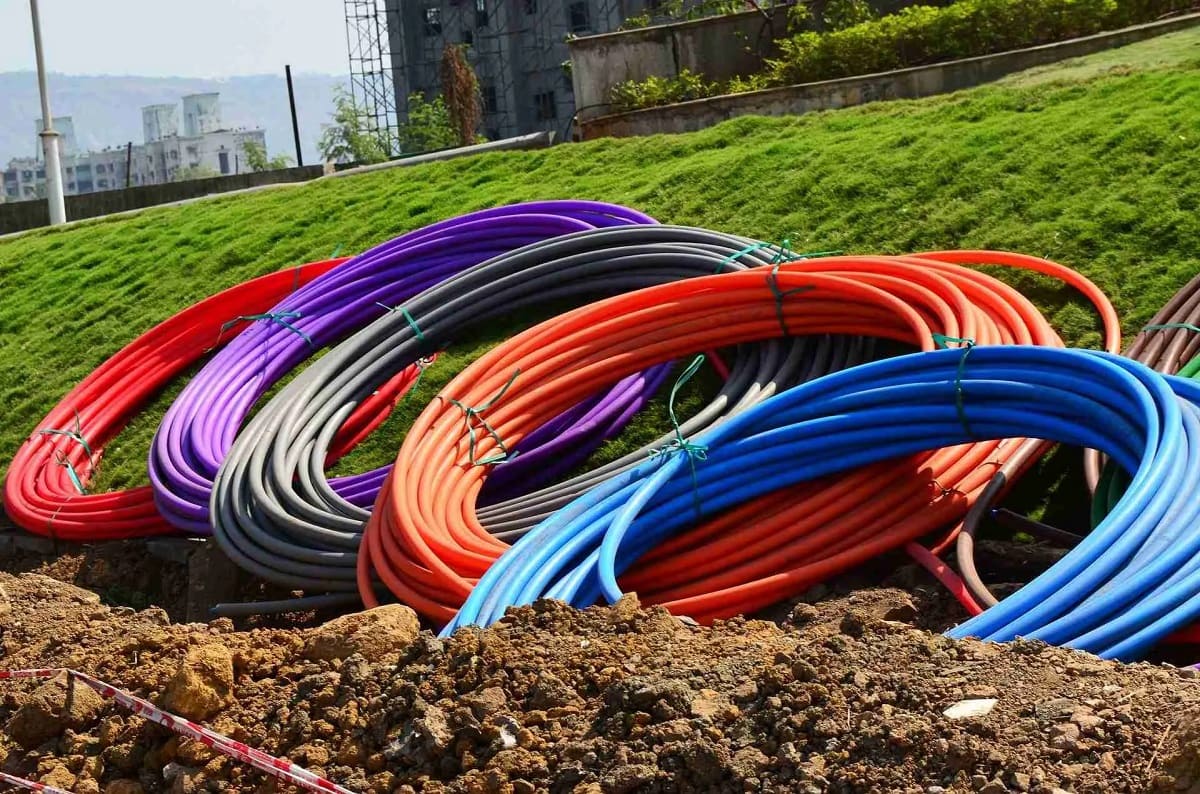

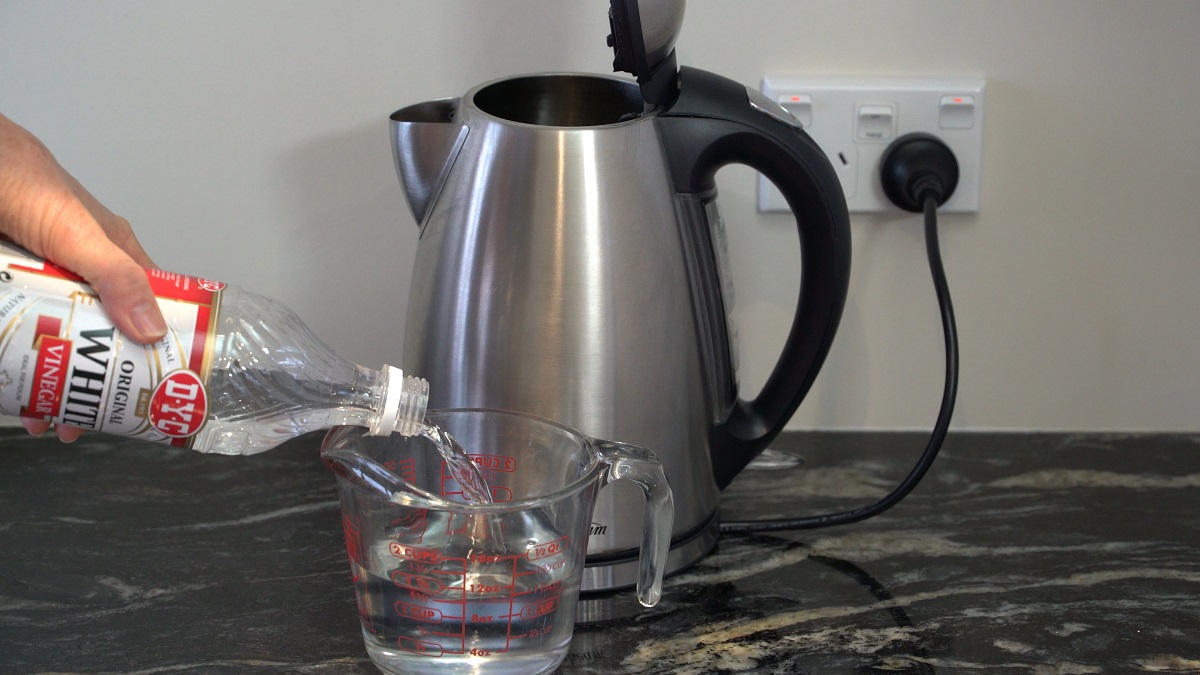
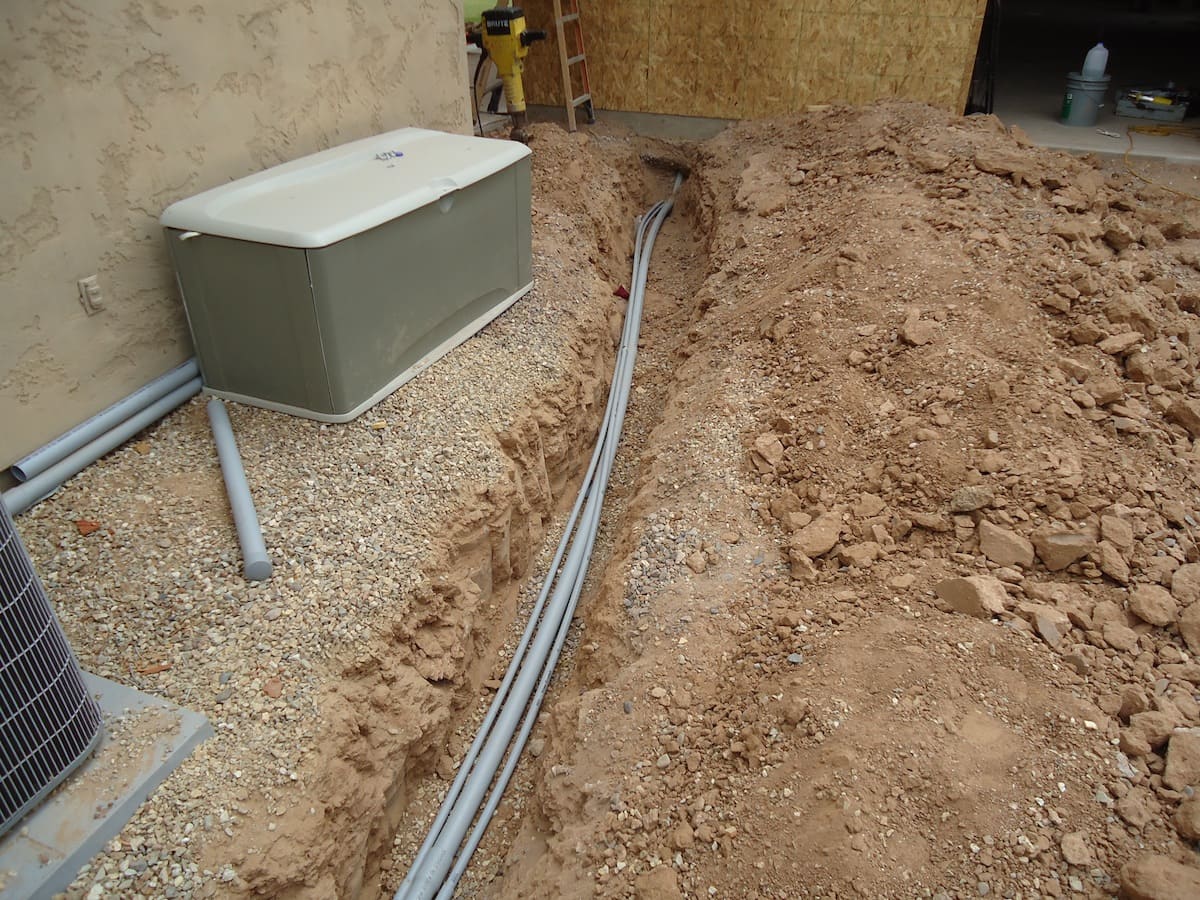
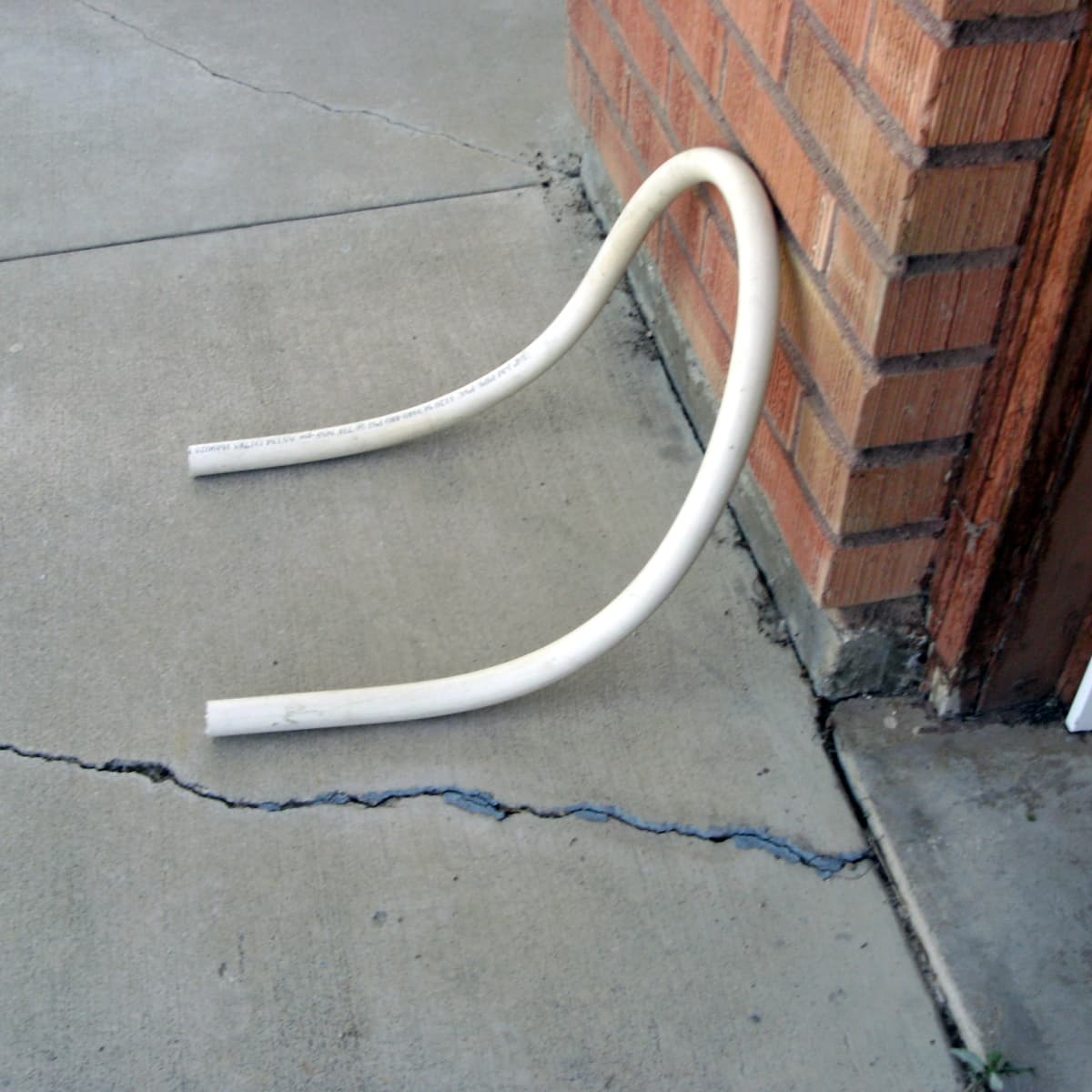
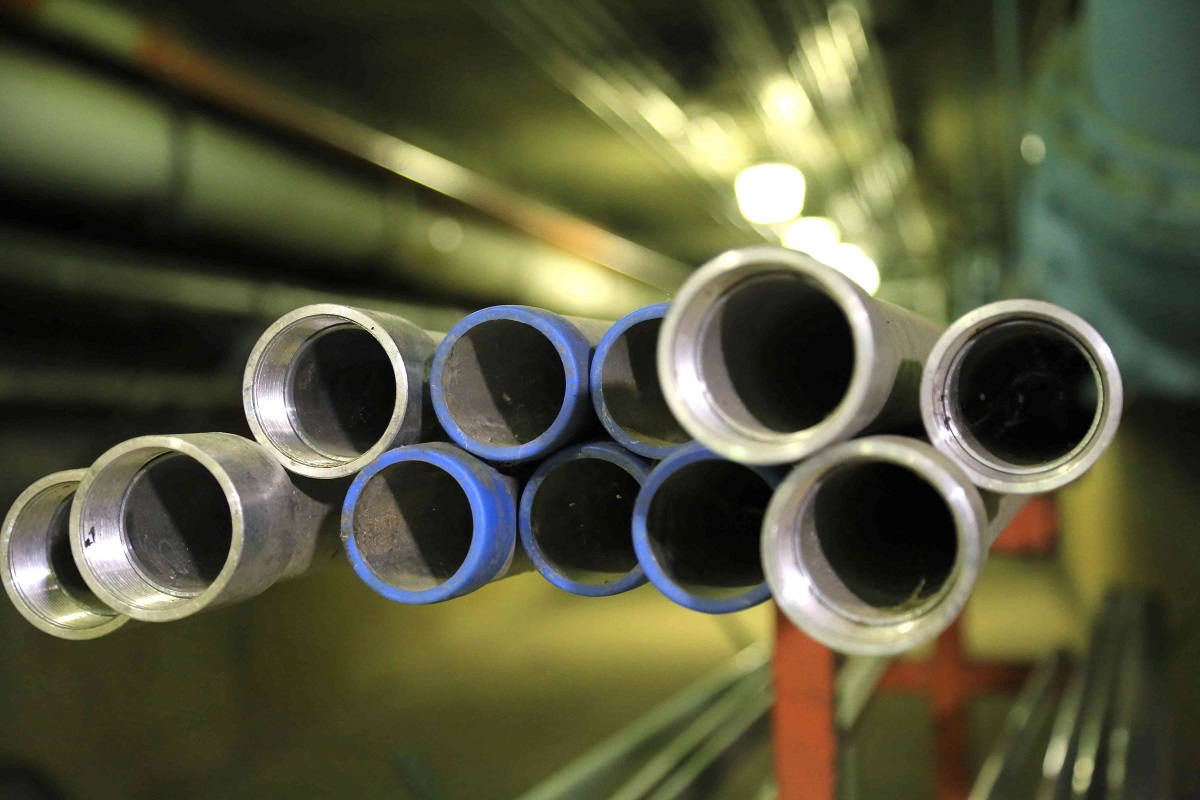
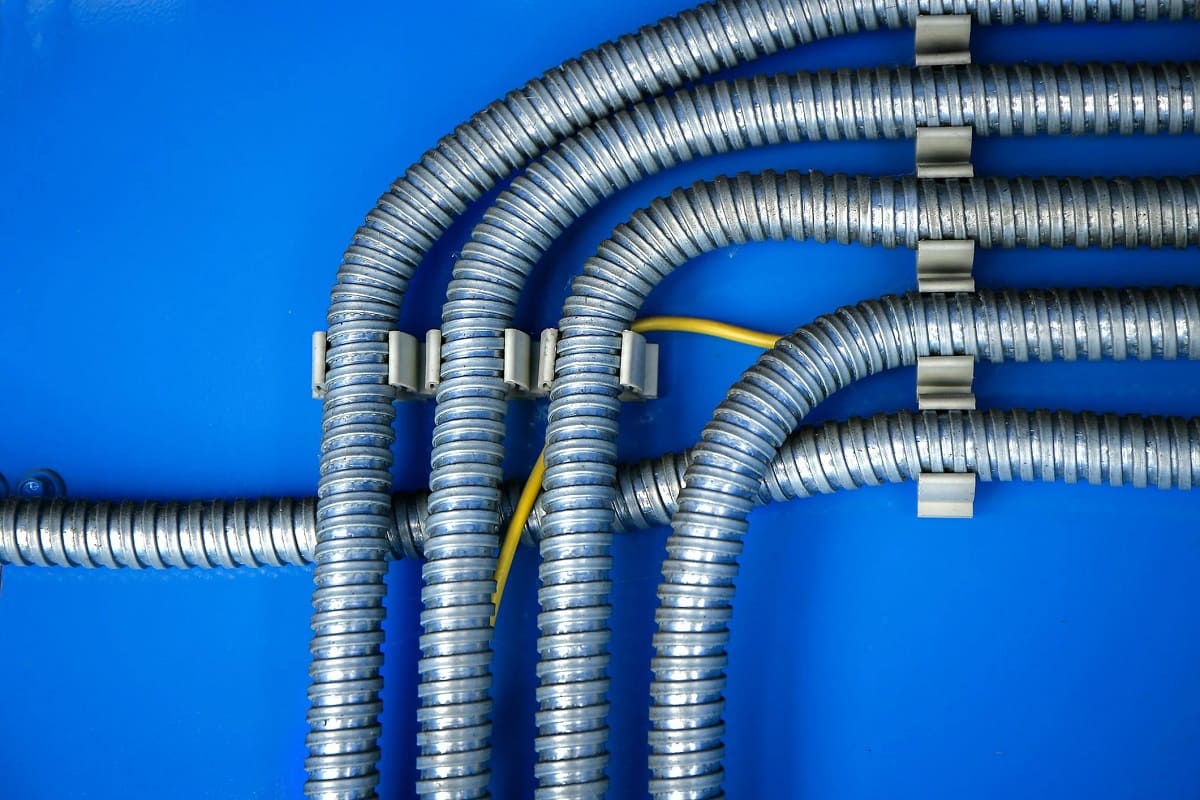
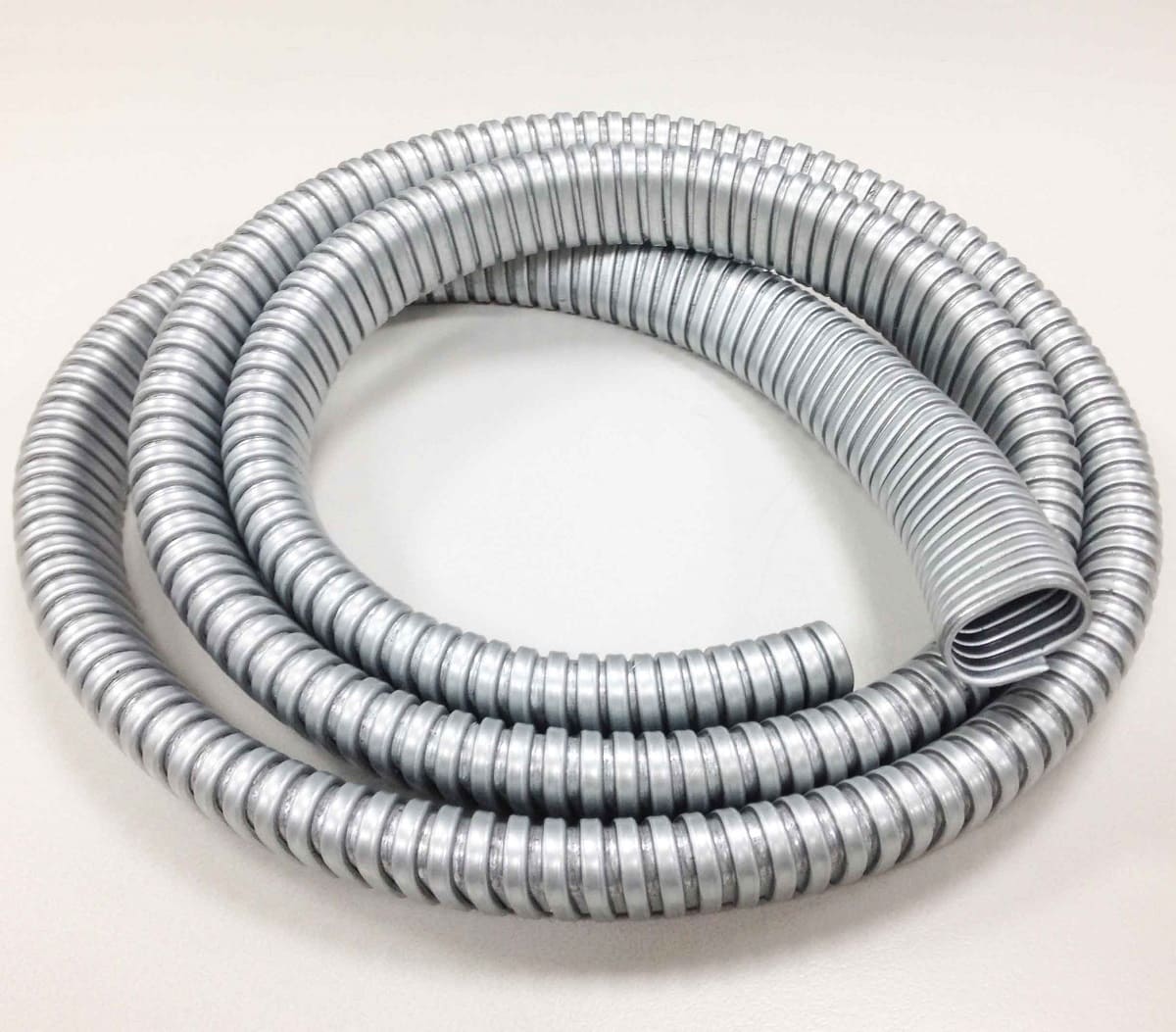

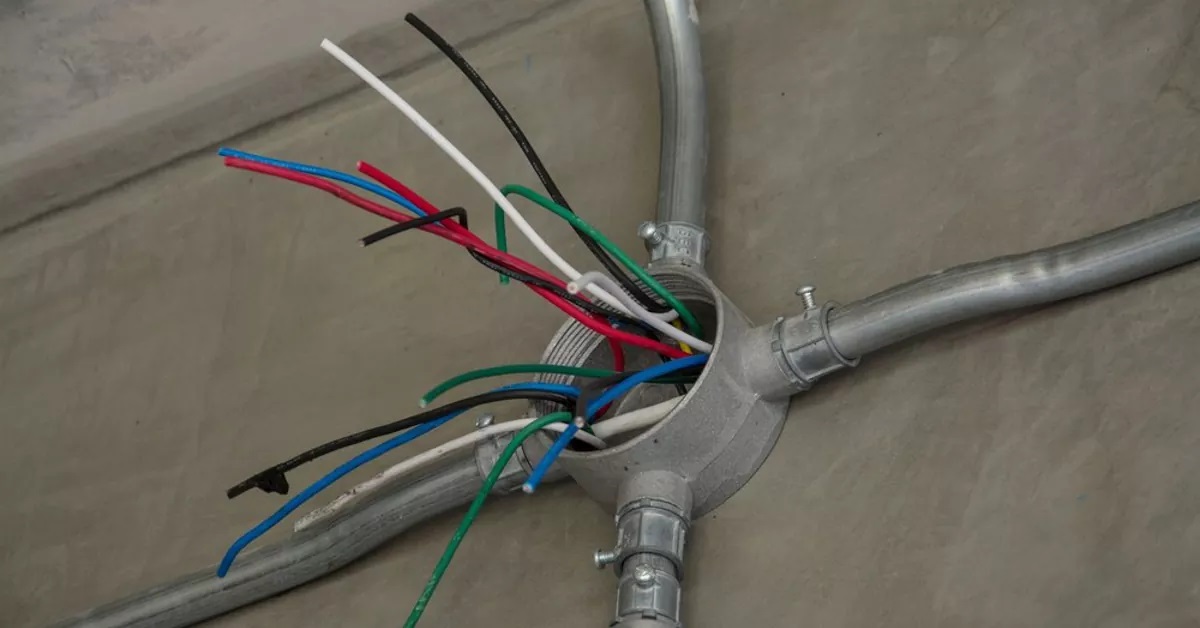

0 thoughts on “How To Seal Electrical Conduit From Water”